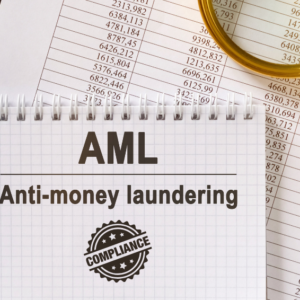A business cannot offer products or services to clients and customers without first acquiring those products or the tools to perform those services. Yet, there are several processes involved in bringing resources into a company for it to flourish, and business leaders need to manage these processes differently depending on their aims and goals.
Sourcing and purchasing might sound similar to the new entrepreneur, but there is some nuance in how and why these two distinct processes are performed. This guide is invaluable to new business leaders struggling to understand how to differentiate sourcing and purchasing.
What is Sourcing?
Every organization requires a complex network of suppliers to deliver the resources needed for day-to-day operations. The sourcing department is tasked with understanding what an organization needs from its suppliers and conducting thorough research to select and manage the suppliers that meet certain criteria. Strategic sourcing is supplier-focused, meaning they put more energy into investigating their potential supply chain partners to determine whether their goods or services provide any value.
Generally, the goal of the sourcing department is to ensure resilience within the supply chain, providing their organization’s supply chain with a variety of supplier options to thwart disruption and ensure efficiency and efficacy.
The processes associated with sourcing are the first steps in the procurement process. They include:
Need identification. Sourcing meets with different business departments to identify and understand needs.
Market research. Sourcing performs research on the existing supplier market to gather a list of potential suppliers to fill the existing business need.
Supplier vetting. Sourcing looks deeply into different potential suppliers to better understand associated values and risks.
Negotiation. Sourcing negotiates prices with a short list of suppliers to maximize value and minimize cost.
Supplier selection. Sourcing develops stronger relationships with the best supplier options.
Performance evaluation. Sourcing continues to monitor the performance of suppliers and evaluate how adequately suppliers are filling business needs.
Sourcing can provide raw materials, components and parts, completed items and people-based services. What’s more, sourcing can be direct or indirect. Direct sourcing provides the organization with goods or services to sell to customers, meaning it directly contributes to a business’s bottom line.
Indirect sourcing gives the organization the tools and resources it needs to support its direct business; services like advertising or outsourced HR as well as office supplies and furniture would be procured through indirect sourcing.
What is Purchasing?
Selecting suppliers is only half of the procurement process. Once a business develops a relationship with a supplier, they need to uphold that relationship through accurate and timely payments.
The purchasing department is tasked with making and managing purchases from suppliers, which means they are often much more money-minded than sourcing, and their processes tend to be ongoing, as businesses consistently need a supply of goods or services to function.
Purchasing is essentially the procurement part of the procurement process. Here are what typical purchasing processes entail:
Purchase order creation. Purchasing is notified that a good or service is needed from a supplier, so purchasing sends a purchase order to the supplier.
Expediting. Different factors may compel purchasing to expedite orders, which involves requesting faster delivery and maintaining close contact with suppliers to understand delivery timeframes.
Delivery and invoice audits. Purchasing is responsible for verifying that deliveries from suppliers include everything requested in the purchase order and that invoices match expected costs.
Payments. Purchasing approves delivery and invoices and releases payments to suppliers.
Conclusion
Sourcing and purchasing are two steps of the procurement process, which is lengthy and exceedingly complicated but nonetheless vital to business success.
The supply chain relies on effective sourcing and purchasing to ensure businesses have the right resources to conduct business and earn profits.
The sooner business leaders understand not just sourcing and purchasing but the procurement process as a whole, the sooner they can develop a strong and lucrative supply chain. Click here for more https://www.coupa.com/






